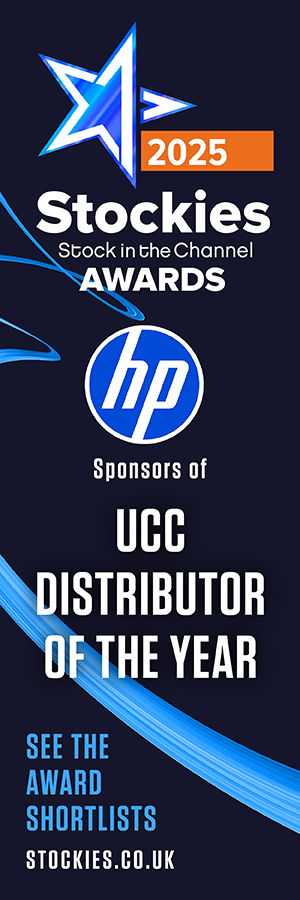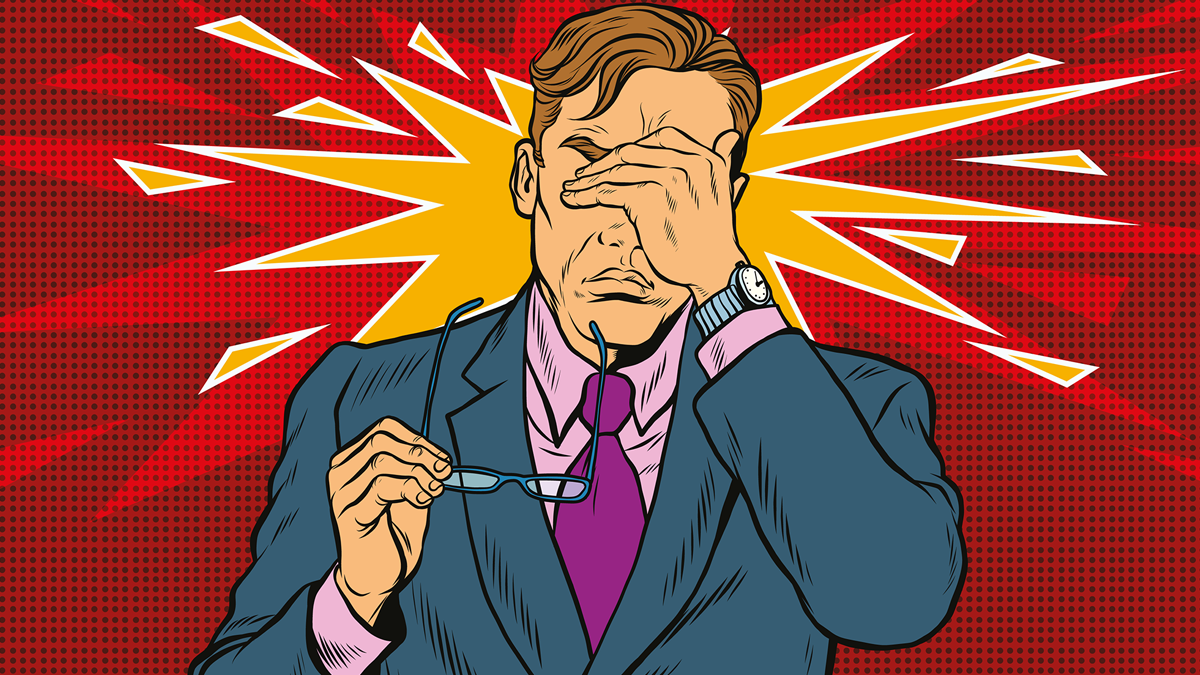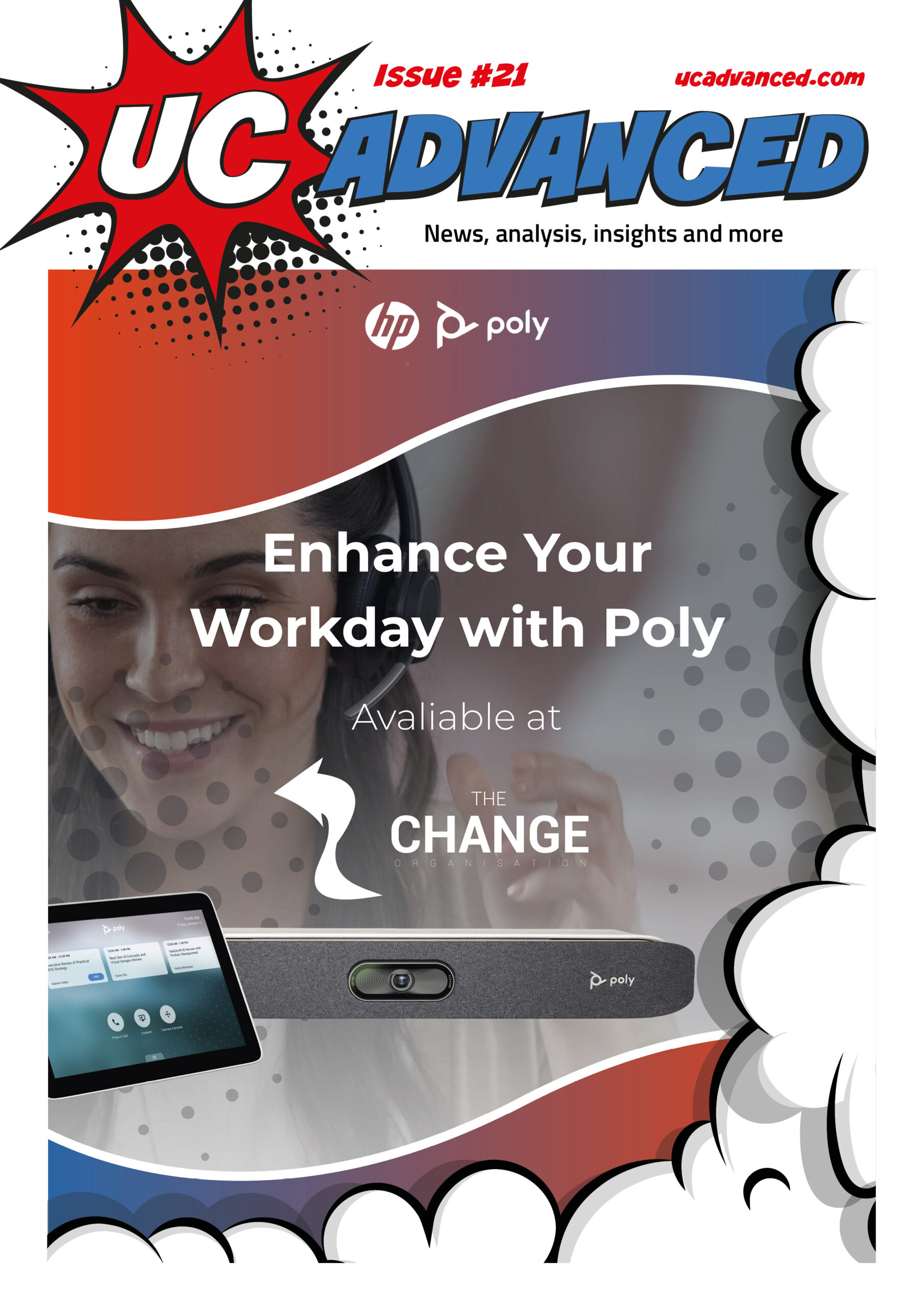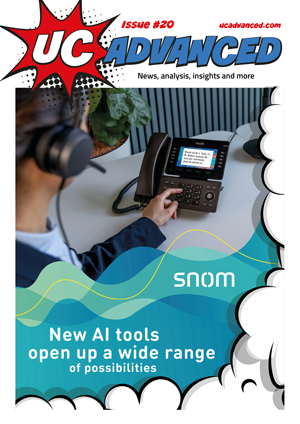This article first appeared in UC Advanced magazine issue #21
New monitors are being designed with Eye Comfort in mind. Paul Butler, AOC and MMD (Philips Monitors) regional sales director UK&I, discusses recent innovative monitor features that procurement departments and end users should be ‘looking’ for.
Much has been written recently about the amount of time our eyes spend focused on our screens, with research conducted by Specsavers estimating that hybrid workers spend up to 12 hours per day on their screens. According to the Health and Safety Executive (HSE) in the UK, employers must, by law, protect their workers from the health risks of working with display screen equipment (DSE), such as PCs, laptops, tablets and smartphones, and provide a DSE workstation assessment, make sure employees take breaks, provide training and provide an eye test if a worker asks for one.
Eye Comfort Importance
With this in mind, and in vision, UC Advanced asked Paul Butler, “How much of an issue is eye comfort for end users?” Paul replied, “It’s become absolutely critical. Digital eye strain has become a major workplace health issue with the shift to hybrid working making it a permanent concern rather than a temporary one. Computer Vision Syndrome is now widely recognised as affecting the majority of office workers who spend extended periods in front of screens. For manufacturers like AOC, eye comfort has moved from being a nice-to-have feature to an essential specification that customers actively demand and procurement departments specifically look for.
See Clearly, Work Comfortably: Monitors That Move With You
Paul continues, “The key factors are refresh rates, blue light management, and ergonomics. Higher refresh rates like the 120 Hz we use across our business focussed E4 and P4 series make a massive difference – smoother visuals mean less eye strain. Hardware-based blue light reduction is crucial rather than software filters that compromise colour accuracy. Then there’s positioning – proper height adjustment and viewing angles are vital, which is why all our professional monitors include 130 or 150 mm height adjustment and full tilt, swivel, and (except ultrawides) pivot functionality. The stand quality matters enormously for maintaining proper posture.”
“Our E4 and P4 series both feature TÜV EyeComfort certified hardware-based blue light reduction and Flicker-Free technology. The P4 series achieved 4 out of 5 stars in TÜV’s certification, which is an excellent recognition. We’ve implemented 120 Hz refresh rates across most models, 4 ms response times, and importantly, highly adjustable ergonomic stands. The hardware-based approach to blue light reduction maintains colour fidelity while protecting users’ eyes. Everything’s backed by our 5-year warranty and TCO Certified, Generation 10 environmental standards.”
The Reseller Opportunity
Asked about the MSP and reseller opportunity, Paul confidently states, “It’s enormous, particularly around employee wellbeing initiatives. Corporate procurement is increasingly focussed on the duty of care – companies are realising they have legal and ethical obligations around workplace health that extend to the equipment they provide. Digital eye strain is now recognised as a genuine occupational health hazard, and organisations want to demonstrate they’re taking proactive steps. Our TÜV certification gives resellers third-party validation to justify premium pricing and to position themselves as workplace wellness consultants rather than just box shifters. There’s also the productivity angle – healthier, more comfortable employees are demonstrably more productive and take fewer breaks.”
Display Manufacturer’s Terminology Explained
! refresh rate
A monitor’s refresh rate is how many times per second it updates the image on the screen, measured in Hertz (Hz). A higher refresh rate means the image refreshes more often, leading to smoother motion, less blurring, and a more responsive experience.
! ms response times
…refers to monitor or screen response times, a measurement in milliseconds (ms) indicating how quickly a monitor’s pixels can change from one colour to another. A lower number means a faster pixel transition, which results in sharper, clearer motion with less blurring or ‘ghosting’ in fast-paced content like gaming.
! TÜV certification
…means a device has been independently tested with rigorous scrutiny and verified by a TÜV Technical Inspection Association (TÜV) to meet specific, internationally recognised standards for safety, quality, and sustainability. This certification serves as a global symbol of trust for quality and safety.

